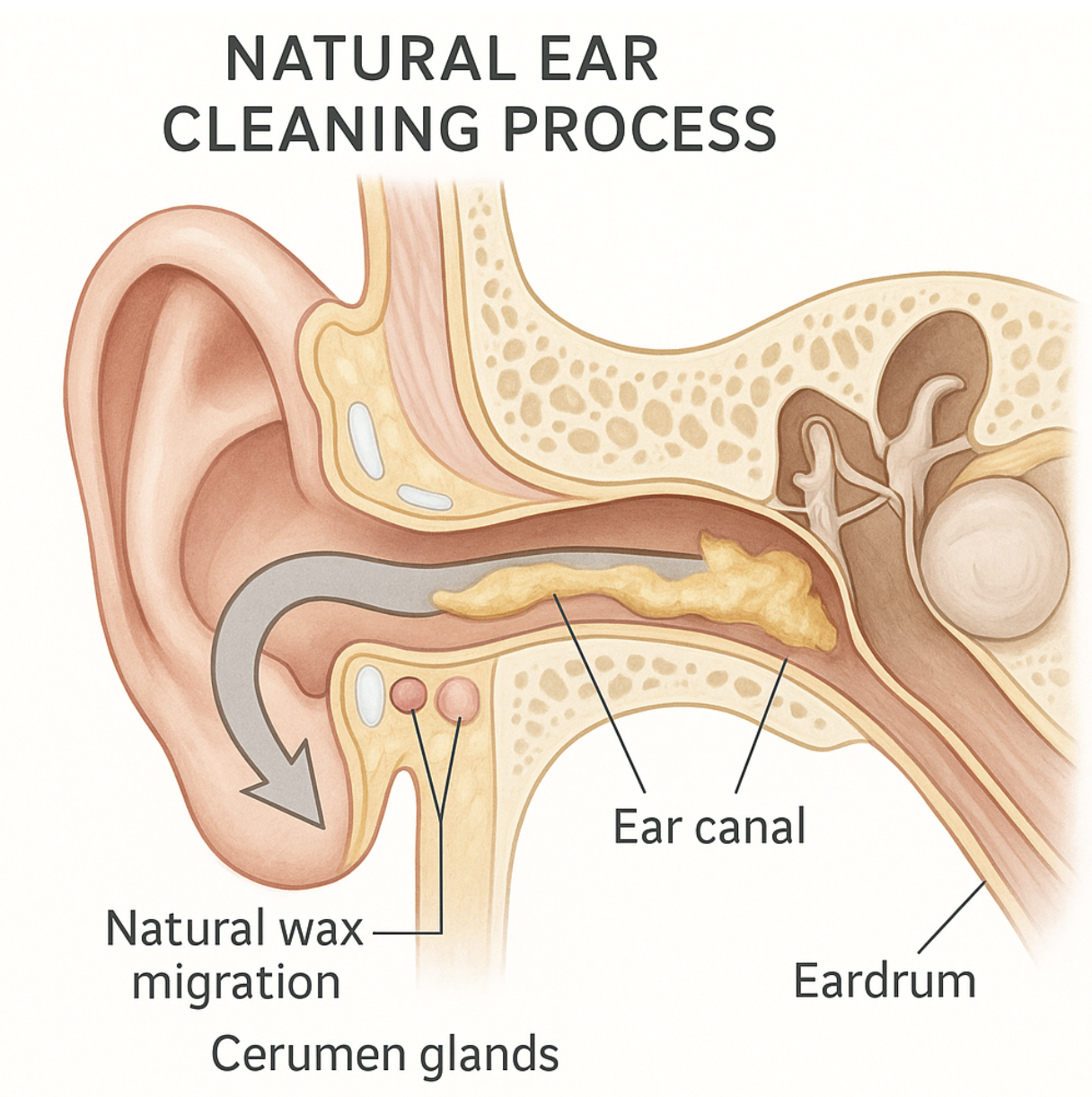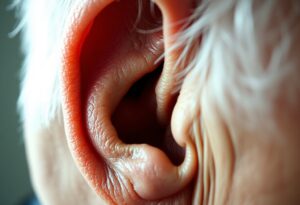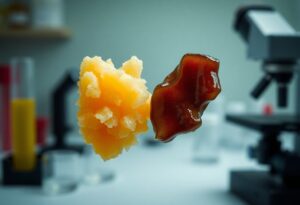When your ears feel blocked and hearing becomes muffled, the solution often lies in understanding why ear drops represent such an effective first-line treatment. The science behind cerumen impaction reveals why targeted intervention becomes necessary when your ear’s natural cleaning mechanism fails.
Understanding When Natural Processes Fail
Your ears produce cerumen through specialized glands in the outer ear canal as part of a sophisticated self-cleaning system. This protective mechanism works effectively for most people, but various factors can disrupt the balance. Age-related changes, anatomical variations, excessive hair growth, or frequent hearing aid use can interfere with natural wax expulsion.
The American Academy of Family Physicians reports that cerumen impaction affects approximately 10% of children and up to 57% of older adults in nursing homes. When this natural cleaning mechanism fails, cerumen accumulates and hardens, creating what audiologists term “cerumen impaction.” This blockage prevents sound waves from reaching your eardrum effectively, causing hearing loss, pain, tinnitus, and uncomfortable fullness.

Why Ear Drops Become Necessary
Hardened cerumen creates a physical barrier that mechanical removal alone often cannot address safely. The American Academy of Family Physicians clinical practice guidelines emphasize avoiding cotton-tipped swabs and ear candling, which can push wax deeper or cause injury. This leaves healthcare providers with three evidence-based options: irrigation, manual removal, or cerumenolytic agents.
Ear drops serve a unique role by addressing the fundamental problem of hardened, adherent wax without requiring immediate mechanical intervention. The 2018 Cochrane systematic review analyzing 10 studies with 623 participants found that ear drops applied for five days resulted in a 22% complete clearance rate compared to just 5% with no treatment. This four-fold improvement often eliminates the need for more invasive procedures.
How Different Ear Drops Work
Modern ear drops work through sophisticated biochemical mechanisms targeting the specific properties of impacted cerumen. Understanding these processes explains why certain formulations prove more effective and why treatment duration matters.
Carbamide Peroxide Solutions
Carbamide peroxide is the active ingredient in many commercial ear drops. When this compound contacts moisture in your ear canal, it releases hydrogen peroxide and oxygen in a controlled reaction. This creates a bubbling effect that mechanically disrupts cerumen while the hydrogen peroxide component hydrates the structural foundation of wax plugs.
This can be seen in products such as Otex. We typically do not recommended these products, and advise our patients to use olive oil drops, or bicarbonate of soda.
Oil-Based Preparations
Olive oil preparations penetrate the wax structure through dissolution, gradually breaking down lipid components that contribute to hardness and adherence. Clinical studies indicate that olive oil can begin softening cerumen within 15 to 30 minutes, though optimal results typically require up to two days of regular use.
Water-Based Solutions
Sodium bicarbonate and saline solutions work through hydration and pH modification, making them suitable for patients who cannot tolerate peroxide-based products. The AAFP clinical guidelines note that while no single formulation proves superior in all cases, using any appropriate cerumenolytic agent for several days significantly improves treatment outcomes.

Professional Application and Safety
Temperature plays a crucial role in ear drop effectiveness. Drops should be at body temperature to avoid caloric effects that might cause vertigo. The Mayo Clinic emphasizes that medicated ear drops like carbamide peroxide help soften wax but can irritate delicate ear canal skin when used improperly.
Professional guidelines specify absolute contraindications including perforated tympanic membranes, active ear infections, and patent tympanostomy tubes. Healthcare providers must verify ear canal integrity before recommending any ear drop therapy to prevent complications.
Ear drops represent a scientifically-backed solution that addresses root causes of wax buildup while minimizing risks associated with more invasive removal methods. When your ear’s natural cleaning mechanism fails, these targeted treatments provide safe, effective intervention that often restores normal hearing function without requiring professional procedures.



